People get interested in cycling every day. However, finding the right time to buy a bike isn’t just about walking into a shop when inspiration strikes.
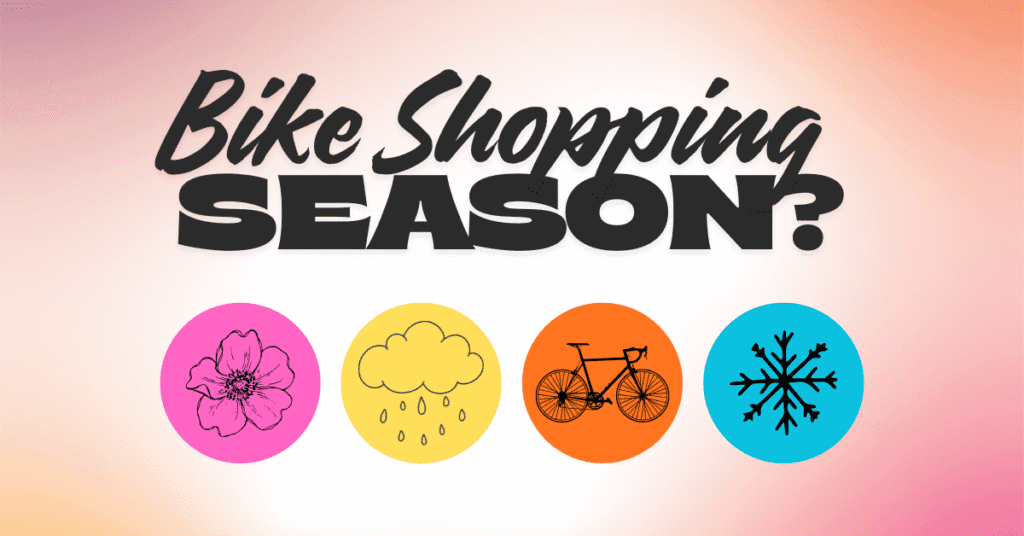
Keep reading to learn the secret behind the best time of year to buy a bike, new or used, along with any gear, clothing, or other equipment you might need to get started.
Bike shopping begins with understanding that the market is seasonal and cyclical.
So you want to buy a bike, huh? If you’ve read our previous article about why it’s best to buy from a local bike shop, then you’re probably shopping around at your LBS. But how do you avoid getting ripped off or overpaying for a first bike… or an upgrade to your existing bike?
The bike market is highly seasonal, and it is also cyclical. It operates on fairly predictable patterns: manufacturer schedules, existing inventory, and seasonal demand. Once you understand these patterns, you might be able save hundreds of dollars on your new bike while still getting exactly what you want or need.

Photo from Unsplash.
The bottom line: look for winning deals in autumn or winter.
If you’re reading this article around the time of publication, you’re in luck. We’re approaching the best seasons of the year to buy a bike!
The sweet spot between price and selection arrives in late fall, primarily October through November. Why? Well, this period typically features some discounts on previous model year inventory (between 20-40% off) while stores still have reasonable stock. That means you’ll still be able to find your size and preferred specs without settling for whatever’s left on the rack.
Willing to limit some of your choices for savings? Deep winter, January and February, will offer the steepest discounts. Cuts sometimes reach 50% off on new bikes, but you’ll be picking through whatever inventory remains. That means limited sizes and colors. While fall gives you options with good savings, winter gives you maximum savings with minimal options. It’s a trade-off.
It’s all about the “model year.”
The bicycle industry runs on an annual cycle, though the “model years” are less rigid than what we see in cars for example.
Manufacturers typically reveal their new models in spring, like March or April, at major trade shows, like the Philly Bike Expo (see the video below!) The actual inventory doesn’t hit stores until late summer or early fall. This creates a domino effect as new models arrive between July and September. At this point, retailers must think about clearing out last year’s inventory to make space for new bikes on the rack.
The pressure will intensify as the calendar year ends, because dealerships might have to pay taxes on inventory sitting on their floor as of December 31st. This creates a lot of motivation to move bikes before the end of the year. Black Friday and Cyber Monday sales help, but any bikes still unsold in January and February become more urgent to move, because the demand is clearly very low. This explains why those months see the deepest price cuts, but are also just the “leftovers.”
What about the weather? For bikes, it matters. When riding conditions deteriorate outside, there are fewer people interested in buying bikes. Another factor is that foot (or bike) traffic to the store may drop during the colder months. Because of this factor unique to the cycling world, retailers become increasingly motivated to make deals when cycling weather is bad. This is because the lower demand equals higher negotiating power for buyers… winter is essentially a cyclist’s buyer’s market.
Shopping strategies vary for entry-level versus high-end bikes.
Your approach should vary based on your experience level and priorities. Yes, if you know more about bikes, it might be easier to shop from a limited selection… but it’s not just that. It turns out that high-end bikes (and high-end bike shoppers) have some additional considerations to keep in mind.
Entry-level buyers: if you are most focused on cost, target January and February. Budget bikes and hybrids are volume products, and retailers that have them leftover desperately want to clear them during this time. Lower-tier bikes don’t change much year-over-year technologically. Thus, buying a one-year-old model means getting a nearly identical product at a lower price point.
But what’s the catch? You’ll need to be a bit more flexible on your specifics. If you wait until the mid winter, you’ll probably want to focus on getting the right frame size and functional needs met, rather than a particular color or minor differences in components.
Read more: Is a hybrid the right option for your needs?
Advanced cyclists upgrading to high-performance bikes: shop in October through mid-November. High-end road, mountain, and gravel bikes often only receive major technological updates every two to four years. In between, changes might just be paint colors or minor component swaps. Snag your new bike for 20-40% off during fall clearance, as it will still get competitive technology and there will be a bit more space to get the color or components you really want.
Black Friday and Cyber Monday deserve special attention for high-end buyers, particularly if you’re considering direct-to-consumer brands like Canyon. However, be skeptical, as some deals restrict the deepest discounts to unpopular sizes or specific models. Do your research and you’ll be able to get a bike that suits what you’re looking for.
What’s the alternative? If you are absolutely sweaty over getting the latest bike, you’ll need to buy a new model during the spring to summer introduction window. Expect to pay full price, but you’ll enjoy a great selection, so there’s a good chance you’ll be able to get exactly what you want. You do you!
For used bikes, timing is the exact opposite of new bikes.
Do you want to pick up a used bike instead of shopping new? Prices will peak in the spring and early summer when everyone’s preparing for riding season. To find deals, shop when demand crashes: late fall and deep winter.
This is because on the private market, price is inversely correlated to demand without any intermediates like the new models or business considerations. Sellers become highly motivated in November (pre-holidays) and again in January-February (early spring cleaning.) Take note that bike owners in cold climates likely aren’t riding at all and would love to free up space in their garage. Cash talks big during these months. If you have an immediate payment ready, you’ll get some extra leverage for negotiating the price.
But beginners, beware of “spring cleaning!”
Look, we’ve all known someone who has a bike in their garage and doesn’t know anything about it: whether it works, what size it is, what the components are, or what it’s worth. People like this will still be trying to sell the bike, and if you don’t have a clear eye for value or what you want, that’s a problem.
So for beginners buying used, it’s okay to be wary. Price is one thing, but selection is another, and a lot of people dump garbage bikes on Facebook Marketplace and Craigslist during the midwinter peak.
While January or February still offer the lowest prices over the year for used bikes, November might be smarter. You want to find a properly-fitting, safe bike. Don’t settle for the cheap old bikes people just wanted to clear out while spring cleaning!
Read more: The secret of how one becomes a “real cyclist,” debunked.
What about gear, apparel, and components?
Cycling clothing operates on an “opposite season” discount cycle.
You can buy summer jerseys, bibs, and gloves during late fall and winter (October to January) when stores clear out their warm-weather inventory. If you want winter jackets and thermal gear, purchase during spring and summer (March to August) when retailers dump cold-weather stock. You’ll likely see discounts that range from 20% to 50%.
It’s important to be careful with clearance helmets. Safety equipment has a 3-5 year replacement lifespan. This is due to foam degradation. So a heavily discounted helmet might be an older model, which reduces its protective life span. Avoid any clearance helmets that have been in catalogs for more than two to three years.
Read more: Discover our 10 “must-have” pieces of gear for absolute beginner cyclists.
How about electronics like bike computers, smartwatches, and power meters? You should look to buy these on general consumer retail holidays, because they don’t fluctuate on cycling seasons. Shop during Amazon Prime Day, Black Friday, or Cyber Monday if you can. Major brands like Garmin and Wahoo typically offer some big cuts on their mainstream products during these times!
If you need actual components for your bike, like a drivetrain or even something like pedals, it helps to keep an eye out for when products get refreshed to new models. When manufacturers release new technology, especially at the top tier like Shimano Dura-Ace, the previous generation components will get heavily discounted. Most often this aligns with overall bike clearance timing in late fall and winter.

Photo from Unsplash.
So I’m ready to buy… now what?
We don’t always decide to buy a bike during the right season, and that’s okay. But taking this tactical approach for seasonal bike shopping will help you get the best possible deal, and often have time for preparation to figure out exactly what you want.
Have you researched your exact frame size and specifications you have in mind before sale season arrives? During the quiet period of January and February, low traffic in the store will work in your favor. You’re likely to get more one-on-one attention and have a stronger negotiating position. Don’t be afraid to use it!
If it’s late fall and you’re ready to buy, know that this time of year offers the best balance for most buyers. Getting a decent discount without limiting your selection is the best of both worlds. Later in the winter, big sales mean maximum savings… but you have to be willing to wait, as well as compromise on specifics.
Either way, don’t forget that patience and timing are your friend. By preparing, you’re already on your way to getting your dream bike! The bike market rewards those who wait for just the right moment.
Good luck!
Read more: Did you know cycling can have an impact on your body composition and how you look or feel day-to-day? Discover the changes you might experience as a beginner cyclist here.
Are you in the process of buying a new bike and hoping to get a good deal, or is it not a top priority? Let us know your shopping perspective in the comments or on social media! ★

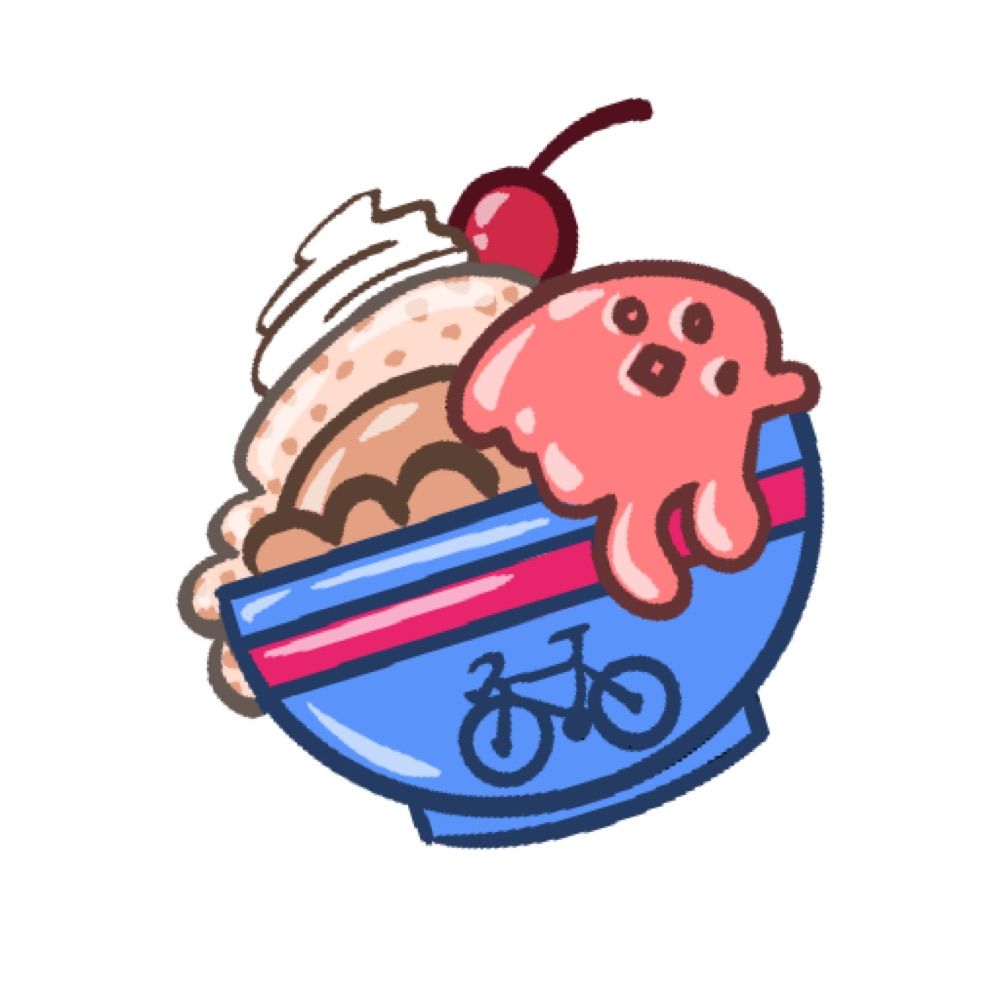
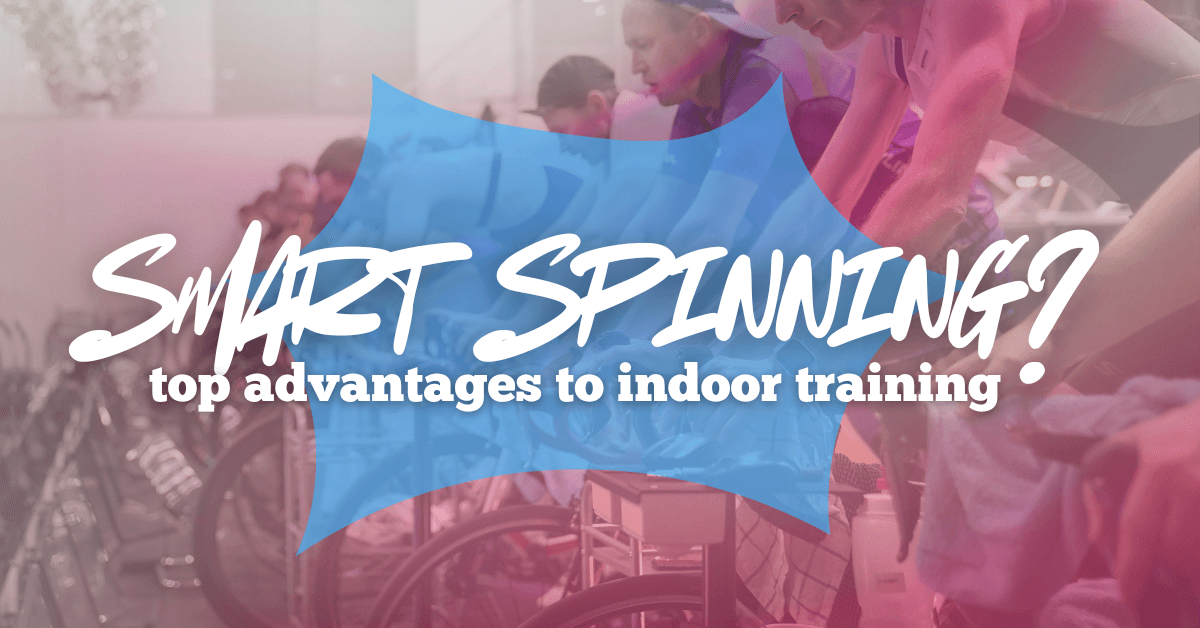
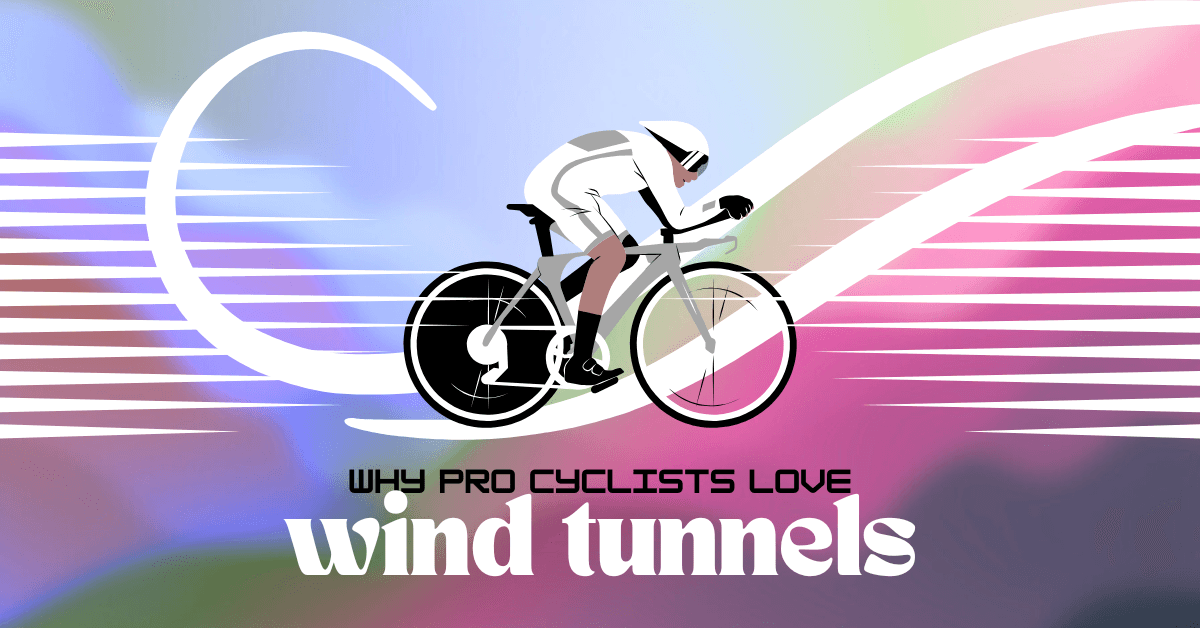
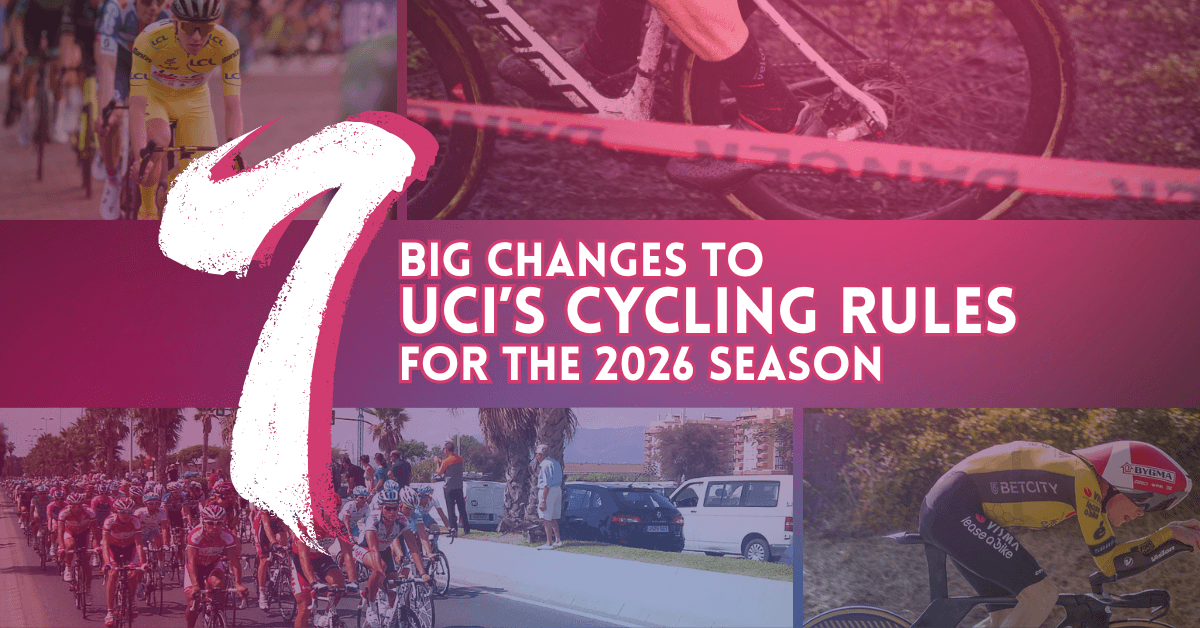
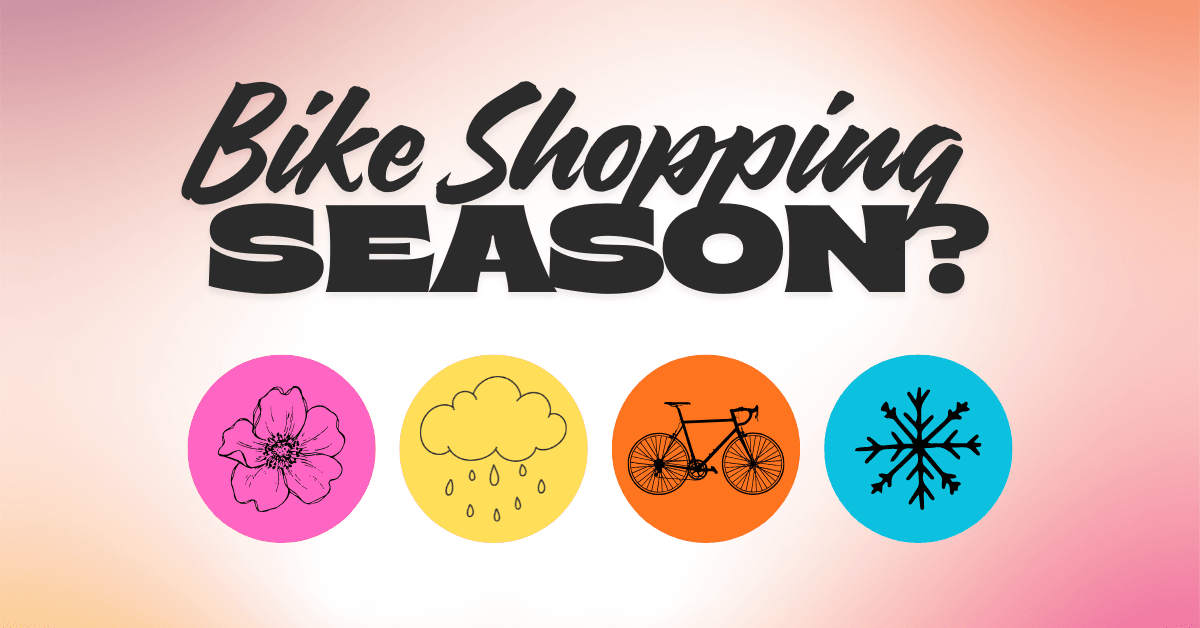


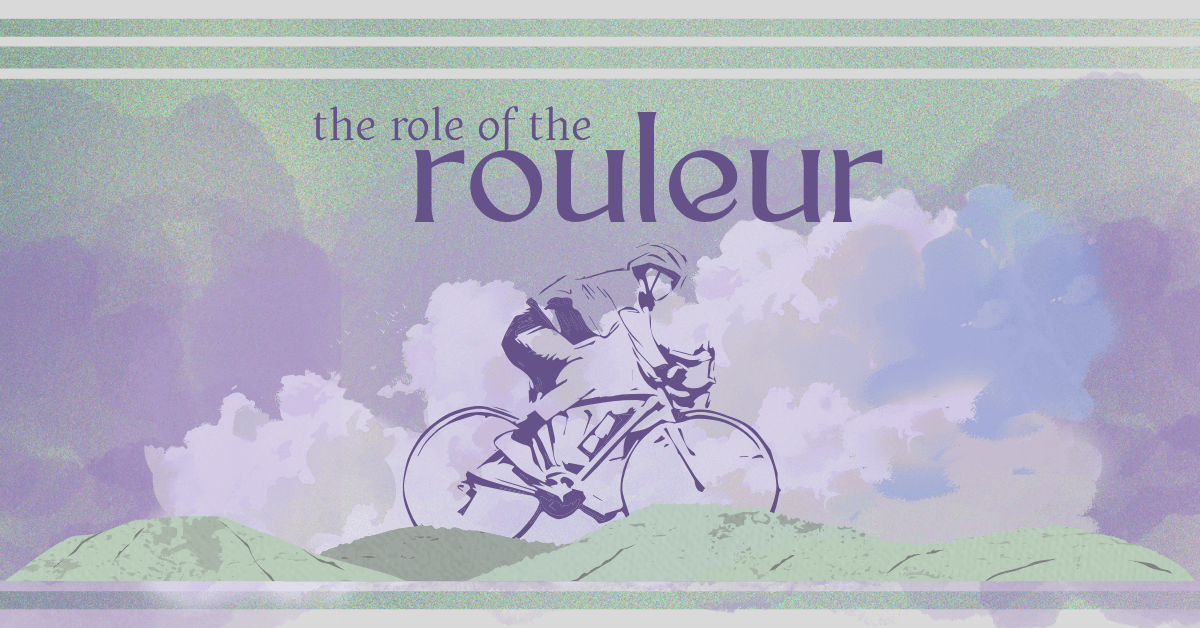
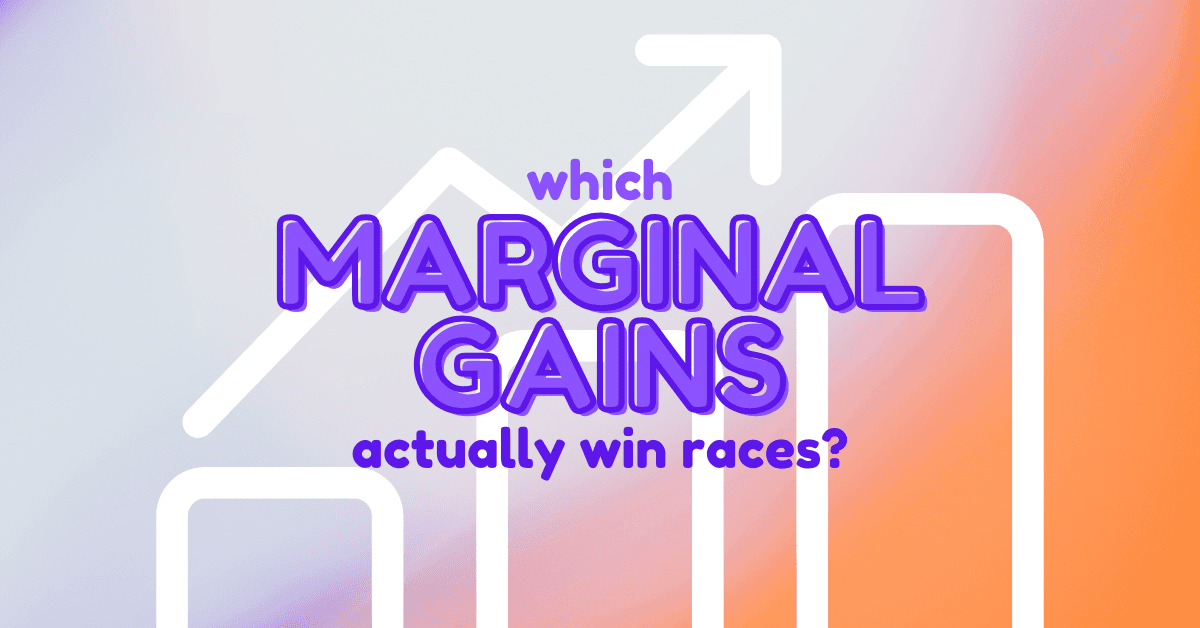
Leave a Reply